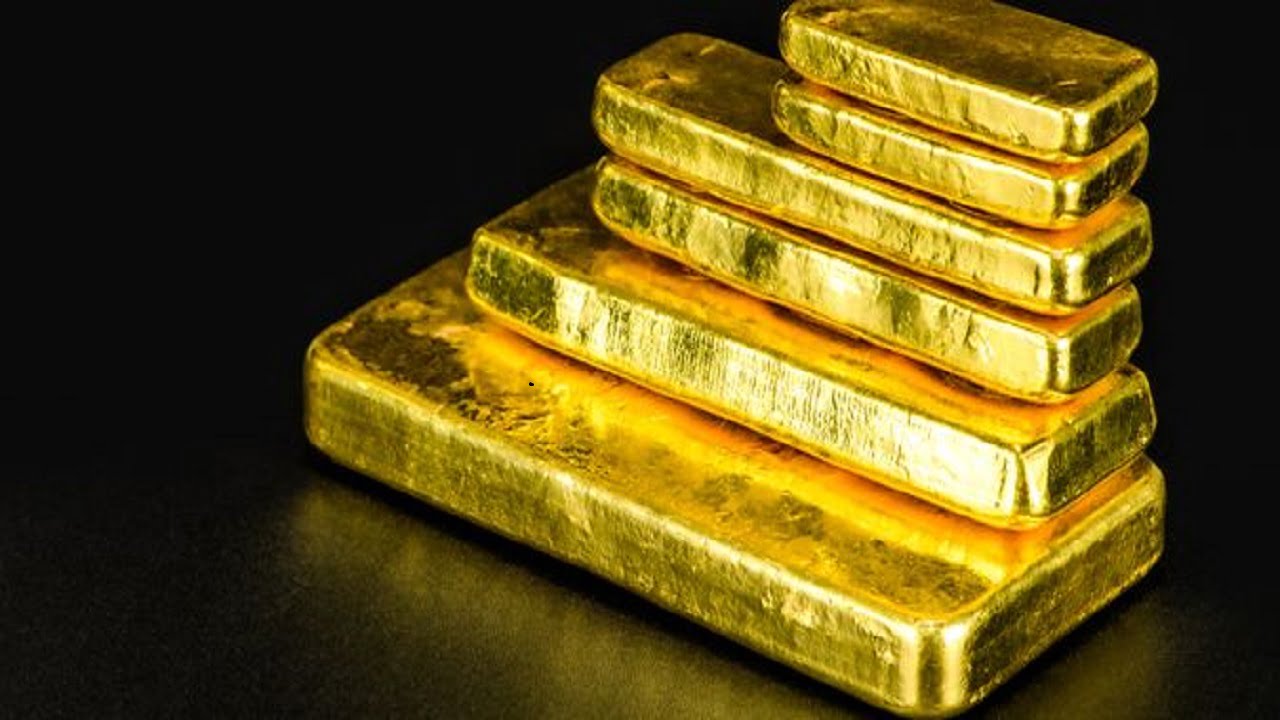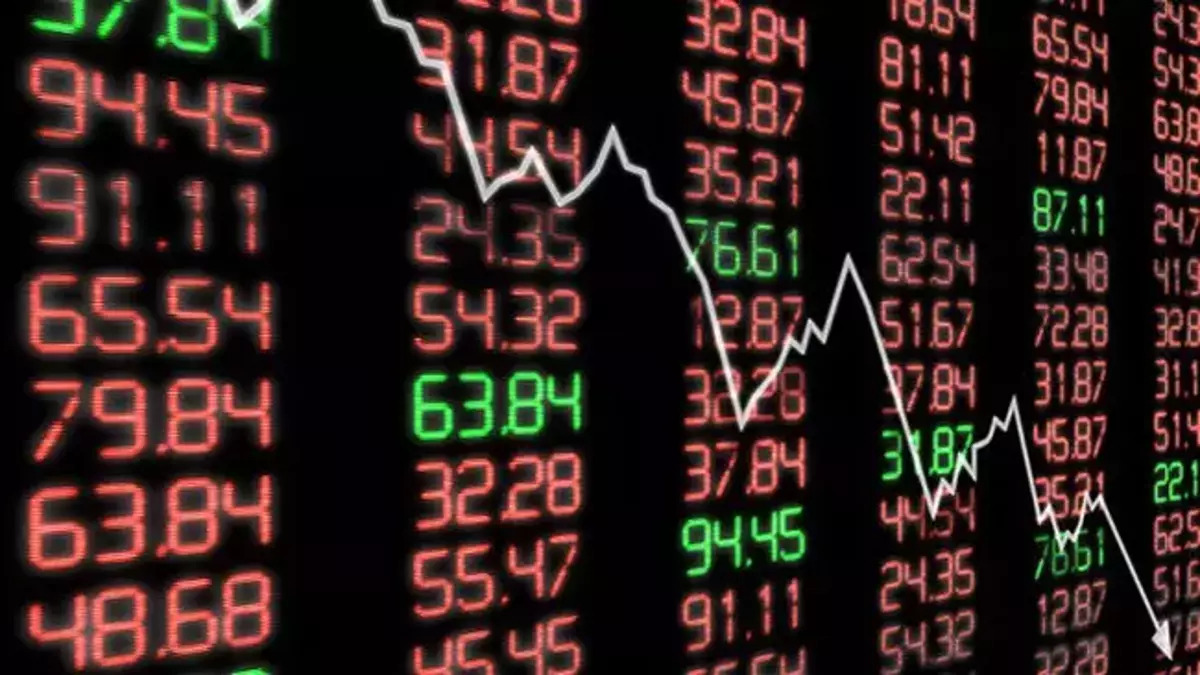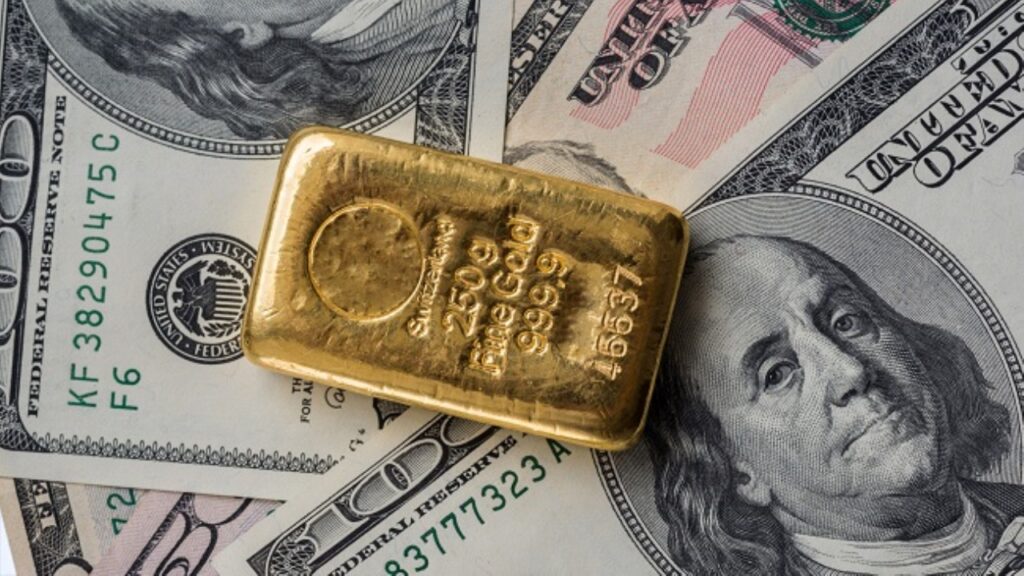The gold market seems to end June as the worst month since February. The yellow metal has lost around $47 this month. Gold price reacts to central banks doubling down on hawkish rhetoric and ignoring turmoil in Russia. However, some analysts feel that geopolitics plays a more important role in driving the price of gold.
Gold market is in turmoil!
cryptocoin.com As you follow, the business in Russia is mixed. Wagner mercenaries attempted an unsuccessful revolt under the leadership of their leader, Yevgeny Prigozhin. After this turbulent weekend, gold was trading just $5 higher on the day. Prigozhin said on Monday that he never intended to overthrow the government. Therefore, markets are still confused about how to digest news from Russia. Still, the whereabouts of Prigozhin is unknown.
The gold market has not seen much movement from the growing geopolitical uncertainty. Also, the yellow metal has come under global pressure as central banks continue their tightening cycle. Comex gold contracts for August delivery opened June at $1,981.30. However, it later declined and was last traded at $1,933.60. The full impact of the situation in Russia remains unclear. And a reaction is still possible. Liam Peach, senior emerging markets economist at Capital Economics, comments on the latest developments as follows:
The weekend armed uprising of Yevgeny Prigozhin’s Wagner mercenary group against the Russian army dealt President Putin a heavy blow. It also revealed cracks in the regime. There are many unknowns about how things will turn out at this point… While a fully developed war economy seems unlikely, a larger war effort could threaten the volatile balance that has been able to maintain macroeconomic stability in Russia up to this point.
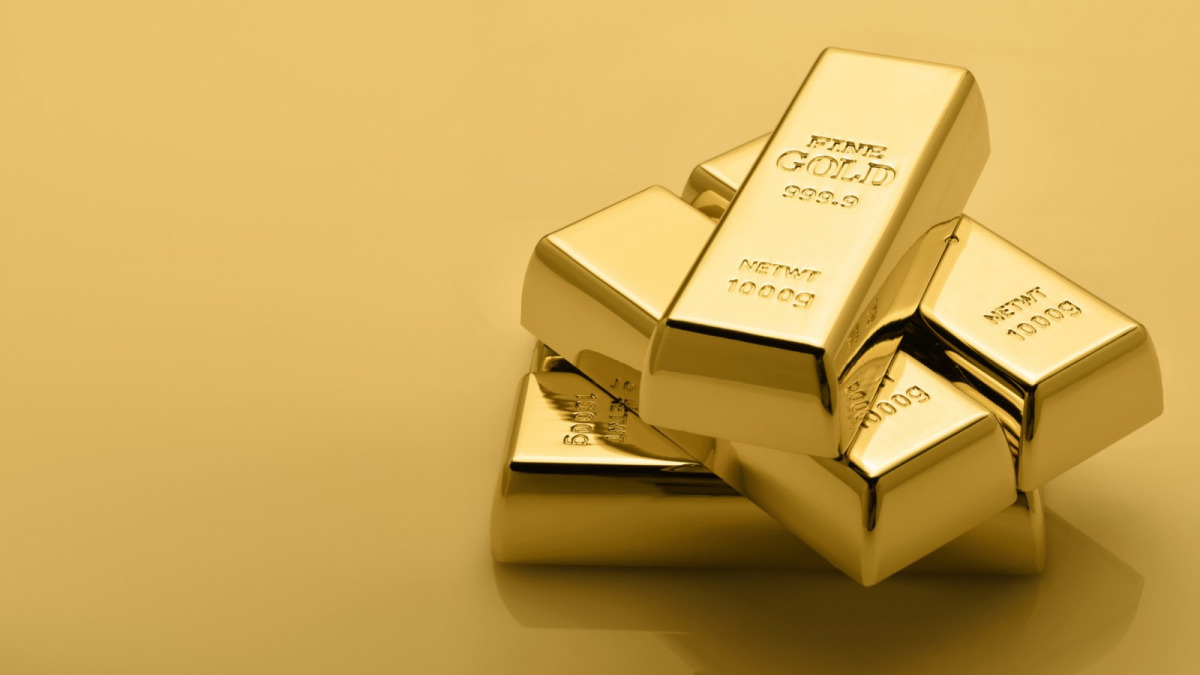
Bearish factors are more dominant for gold price
In response to the events in Russia, gold stopped its sales and found support for now. According to Kinesis Money market analyst Rupert Rowling, gold has rebounded as investors sought the precious metal’s safe-haven appeal once again after dramatic developments in Russia over the weekend. In this context, Rowling makes the following assessment for the impact of the developments on the gold price:
For gold, the bearish factors outweigh the bullish factors. So, just days after it seemed poised for a steady decline, uncertainty about how the Ukrainian war would end and the prospect of a civil war within Russia sharply turned gold’s fortunes.
Rowling says it’s still unclear how much of a lasting role geopolitical triggers will play in the gold space. From this, he says, “If this marks the beginning of the end for President Vladimir Putin’s totalitarian control over Russia, the resulting uncertainty could support gold in the medium term as investors want to keep some risk off the table,” he says.
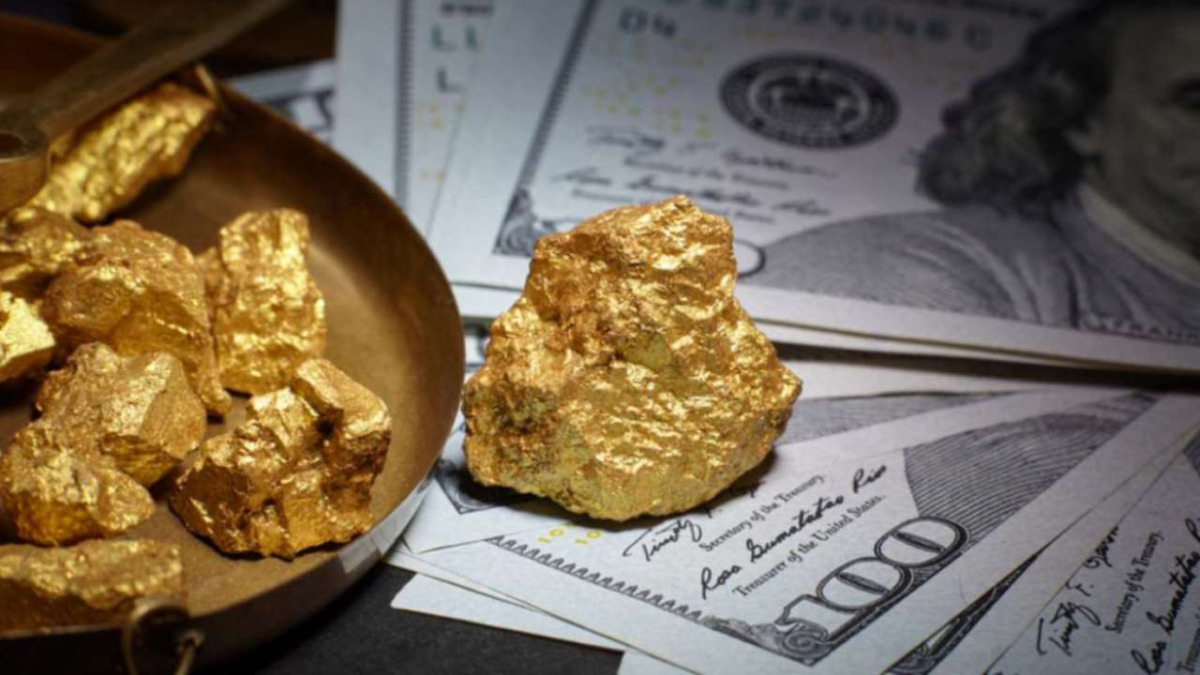
New regime: ‘Lower risk and higher sanctuary’
Some analysts say the turmoil in Russia has dampened the overall risk appetite. They also argue that gold sparks safe-haven transactions. One of them, Nicky Shiels, head of metal strategy at MKS PAMP, explains:
This Russian coup made the war even more complicated. A more unstable Russia (even if weakened) is not necessarily comforting. Russia has moved its tactical nuclear weapons to Belarus. Also, even if Russia loses control of its nuclear arsenal, it’s not great either. There is more geopolitical uncertainty. This is why a ground was fired for the ‘lower risk/higher sanctuary’ regime.
According to Shiels, if there is any hope that the war in Ukraine will somehow be resolved, gold will ignore it. In this context, the analyst said, “Putin is in a more vulnerable position. In addition, Russia’s ability to fight in Ukraine in the near term has been significantly reduced. For now, the markets will be on the alert. Because it’s a really moving picture,” he adds.
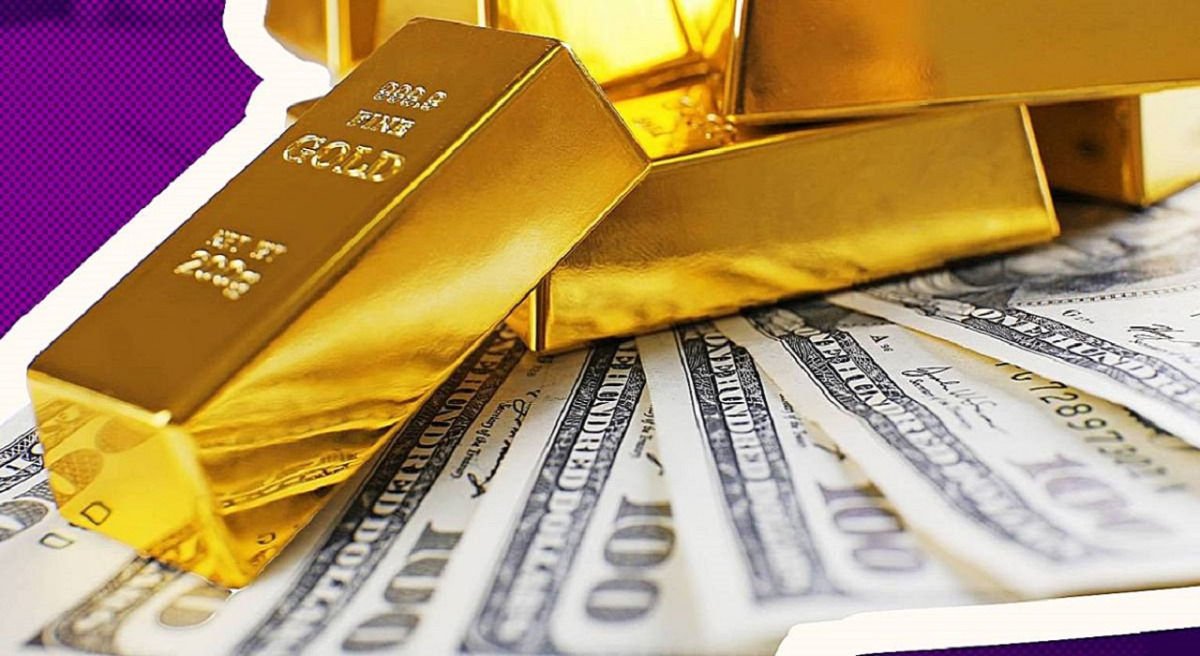
Investors, a It has focused on the inflation discourse for the price of gold.
According to Chris Turner, ING’s head of global strategy, this quiet reaction is partly due to the lack of clarity about what will happen next. Also, the fact that financial markets have become accustomed to increased geopolitical uncertainty due to Russia’s actions plays a role here. Instead, the gold price has largely focused on the inflation rhetoric. It also looks at what central banks around the world are doing. Turner goes on to explain his views as follows:
Both central bankers and governments have kept monetary and fiscal policies too loose for too long, respectively. That’s why they’re under criticism. These will be the highlight of the ECB annual symposium in Sintra this week. Many of the G7 central bank governors attend this symposium. They’ll likely deliver a hawkish message similar to the one Federal Reserve Chairman Jerome Powell gave to Congress last week.
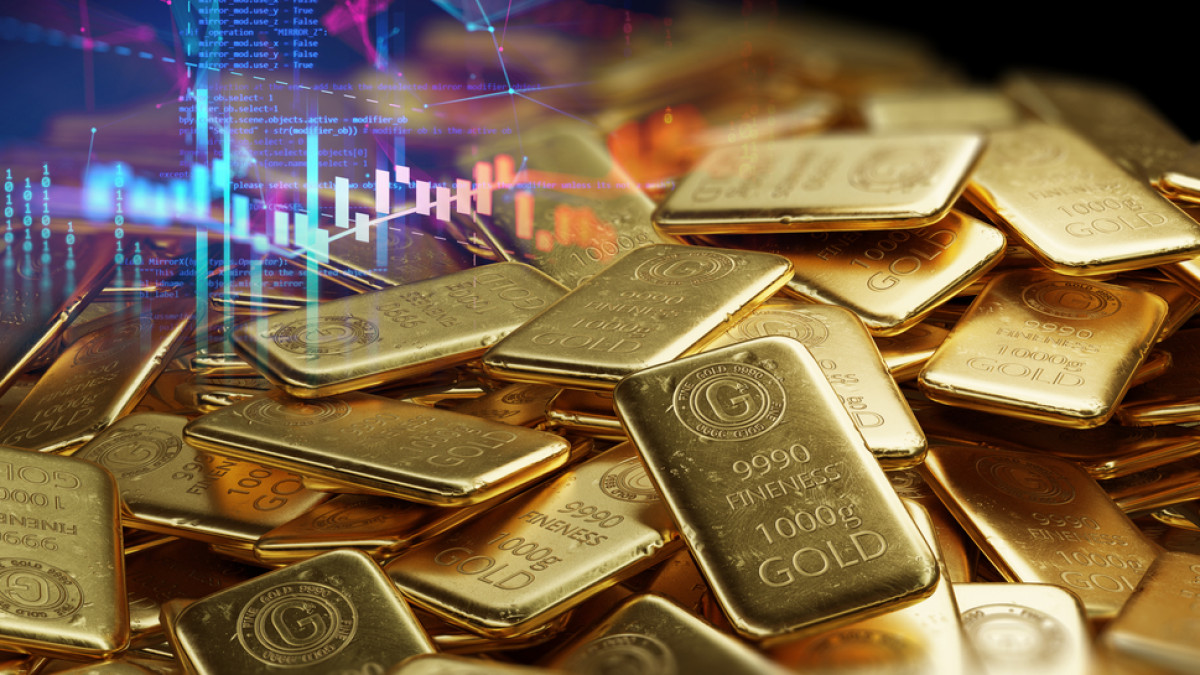
Key levels to watch for the price of six
In terms of price levels, $1,900 remains an important psychological support level. Chris Weston, Pepperstone’s director of research, points out the following levels for gold:
My preference for gold is to place stop-loss orders below $1,912. I aim to play into and below this number in bear momentum. Gold bulls will want a close above $1,938.




